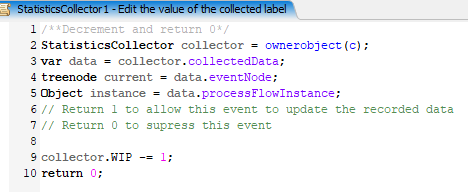I created a custom statistics collector for a group of Queues where the contents/WIP is recorded at the end of every hour, however, I would like to use similar logic on a Composite WIP vs Time chart so that I can see the WIP between specified stations at the end of every hour through the simulation.
In the attached model there is a custom statistics collector that I created. I tried to look at the statistics collectors behind the composite chart but I don't think I understand how it works so not sure where to start.
ContentByHour.fsm
Could someone help me out or point me in the right direction?


